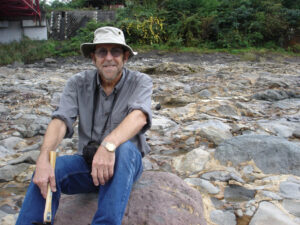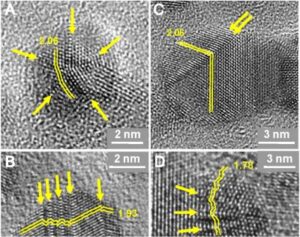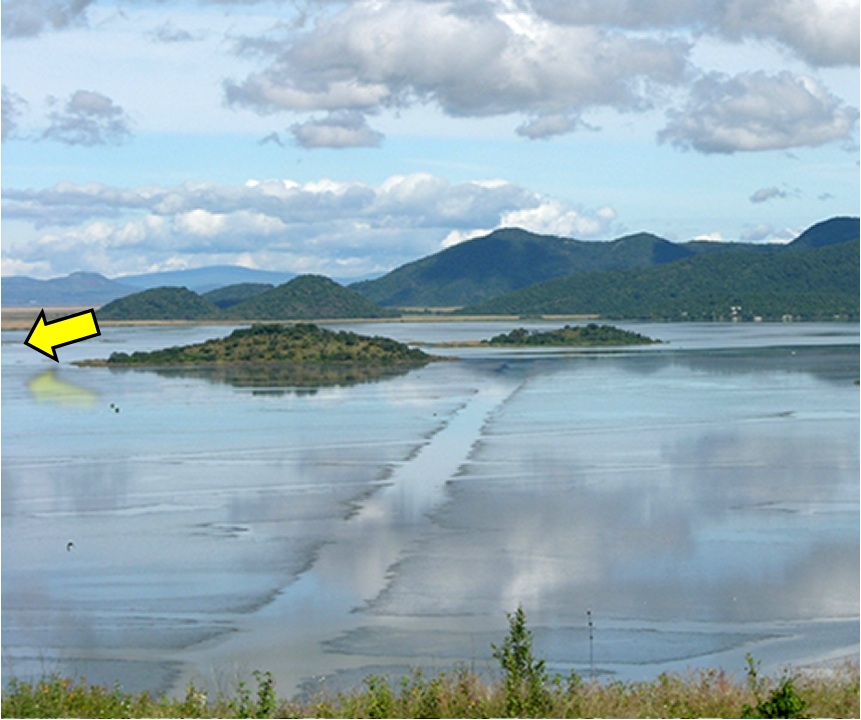NOTE: This post will be “stuck” to the top of the page for the time being. Related new material such as news articles and observations will be blogged subsequent to this post but will appear below.
The old “Drudge Siren” is getting quite a 1st quarter work out. And from what I hear it is only the beginning.
West, Kennett, Bunch and nearly a dozen new experts from multiple disciplines are publishing a fundamental evidence-based challenge to critics of the Younger Dryas Impact Hypothesis this week in PNAS. Here is the abstract. Paper to come as soon as possible:
Isabel Israde-Alcantara and Gabriela Dominguez-Vasquez of the Universidad Michoacana deSan Nicolas de Hidalgo; James L. Bischoff of the U.S. Geological Survey; Hong-Chun Li of National Taiwan University; Paul S. DeCarli of SRI International; Ted E. Bunch and James H. Wittke of Northern Arizona University; James C. Weaver of Harvard University; Richard B. Firestone of Lawrence Berkeley National Laboratory; Allen West of GeoScience Consulting; Chris Mercer of the National Institute for Materials Science; Sujing Zie and Eric K. Richman of the University of Oregon, Eugene; and Charles R. Kinzie and Wendy S. Wolbach of DePaul University
Edited* by Steven M. Stanley, University of Hawaii, Honolulu, HI, and approved January 31, 2012 (received for review July 13, 2011)
We report the discovery in Lake Cuitzeo in central Mexico of a black, carbon-rich, lacustrine layer, containing nanodiamonds, mi-crospherules, and other unusual materials that date to the early Younger Dryas and are interpreted to result from an extraterrestrial impact. These proxies were found in a 27-m-long core as part of an interdisciplinary effort to extract a paleoclimate record back through the previous interglacial. Our attention focused early on an anomalous, 10-cm-thick, carbon-rich layer at a depth of 2.8 m that dates to 12.9 ka and coincides with a suite of anomalous coeval environmental and biotic changes independently recognized in other regional lake sequences. Collectively, these changes have produced the most distinctive boundary layer in the late Quaternary record. This layer contains a diverse, abundant assemblage of impact-related markers, including nanodiamonds, carbon spherules, and magnetic spherules with rapid melting/quenching textures, all reaching synchronous peaks immediately beneath a layer containing the largest peak of charcoal in the core. Analyses by multiple methods demonstrate the presence of three allotropes of nanodiamond: n-diamond, i-carbon, and hexagonal nanodia- mond (lonsdaleite), in order of estimated relative abundance. This nanodiamond-rich layer is consistent with the Younger Dryas boundary layer found at numerous sites across North America, Greenland, and Western Europe. We have examined multiple hypotheses to account for these observations and find the evidence cannot be explained by any known terrestrial mechanism. It is, however, consistent with the Younger Dryas boundary impact hypothesis postulating a major extraterrestrial impact involving multiple airburst(s) and and/or ground impact(s) at 12.9 ka.
UPDATE #10: UCSB student paper has article and interesting quotes from John Johnson and Craig Nicholson.
UPDATE #9: Matt Ridley of the Wall Street Journal says Clovis Comet deserves 2nd chance.
UPDATE #8: World’s most effective climate skeptic, Anthony Watts at WattsUpWithThat, changes his mind on Clovis Comet.
UPDATE #7: Excellent skeptical blog here. Well put and nice try.
UPDATE #6: Skeptical blog here but completely uninformed as to Fayek and others’ recent, complimentary, and independent confirmations.
UPDATE #5 Fair and Balanced Latino Style.
UPDATE #4: Space.com has a piece with some quotes from Ted Bunch.
UPDATE #3: Orange County a register has nice write-up with some new quotes from Jim Kennett.
UPDATE #2: See post below for breaking article from Popular Science on the new evidence from Mexico
UPDATE #1: The paper is published and unrestricted on the PNAS website here, and also below at Scribd.





